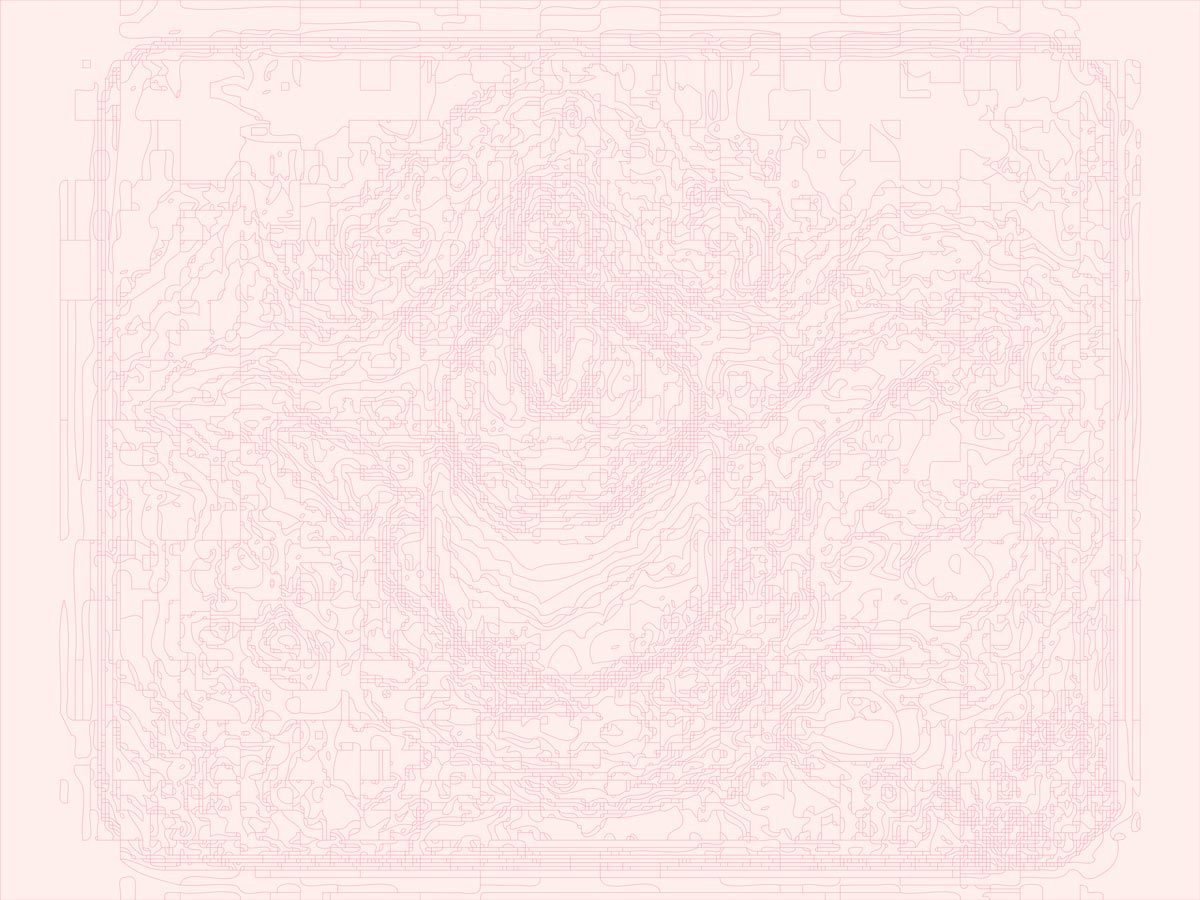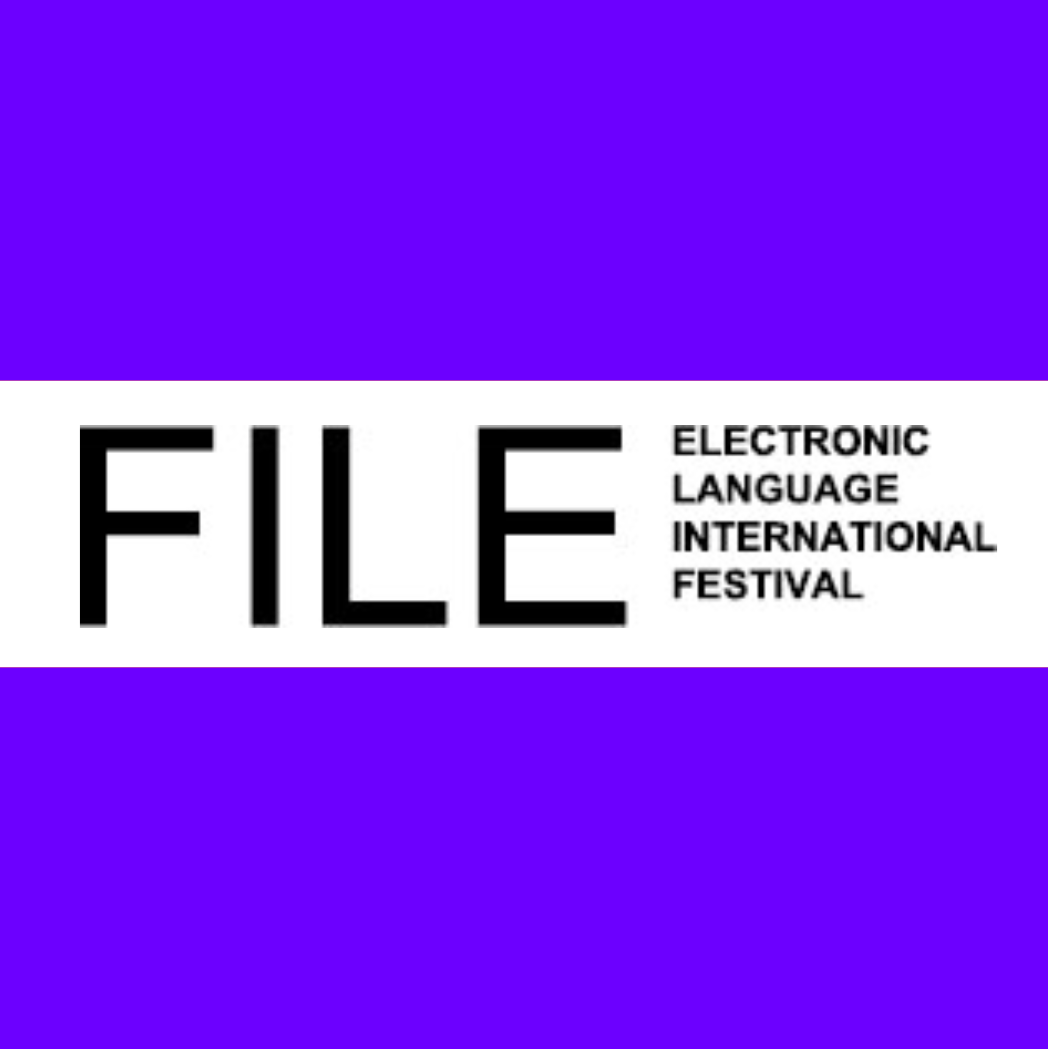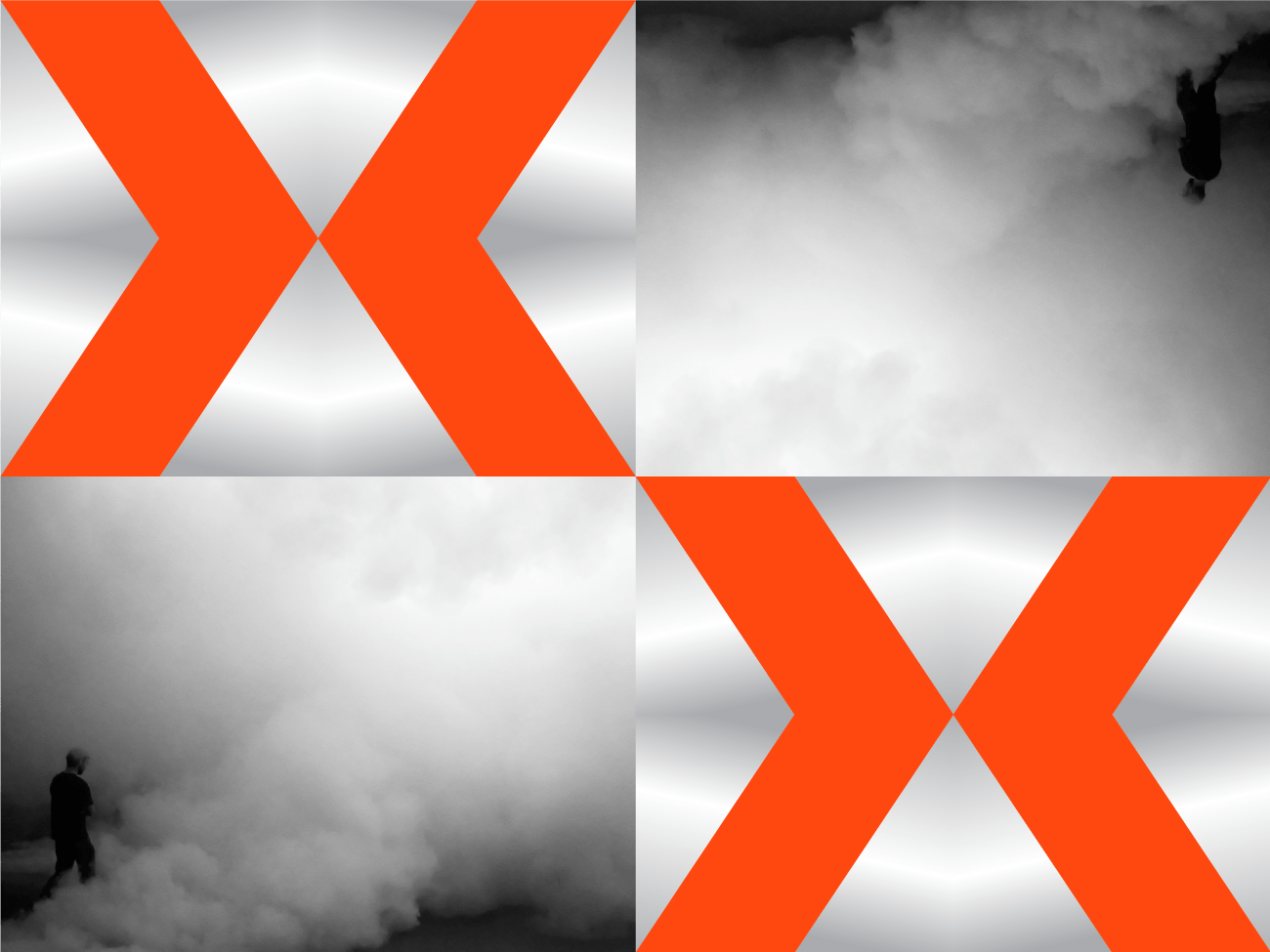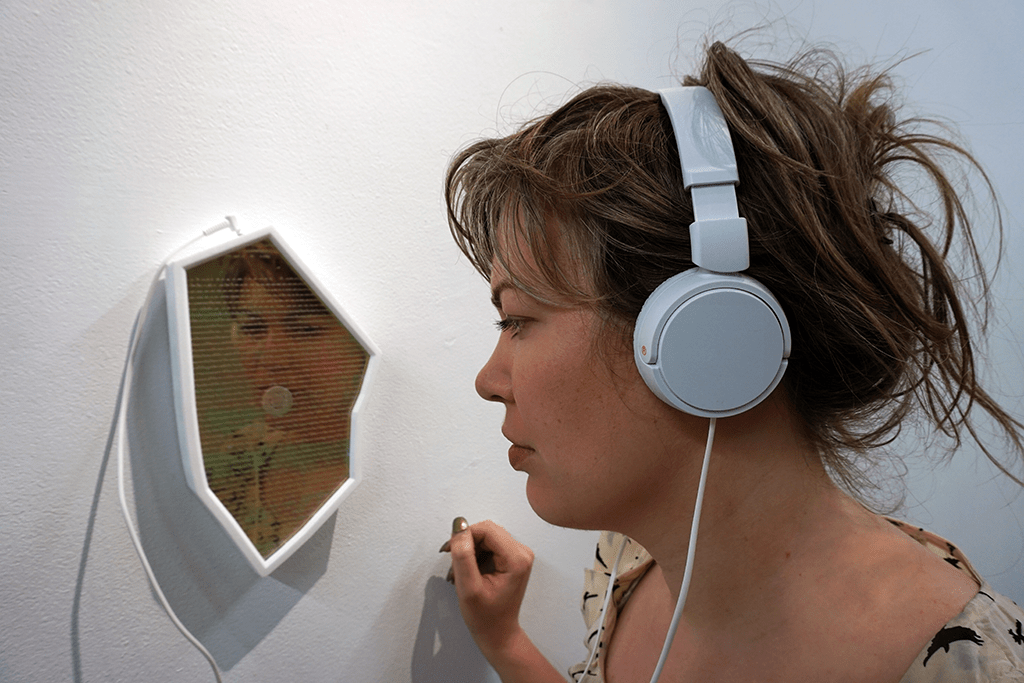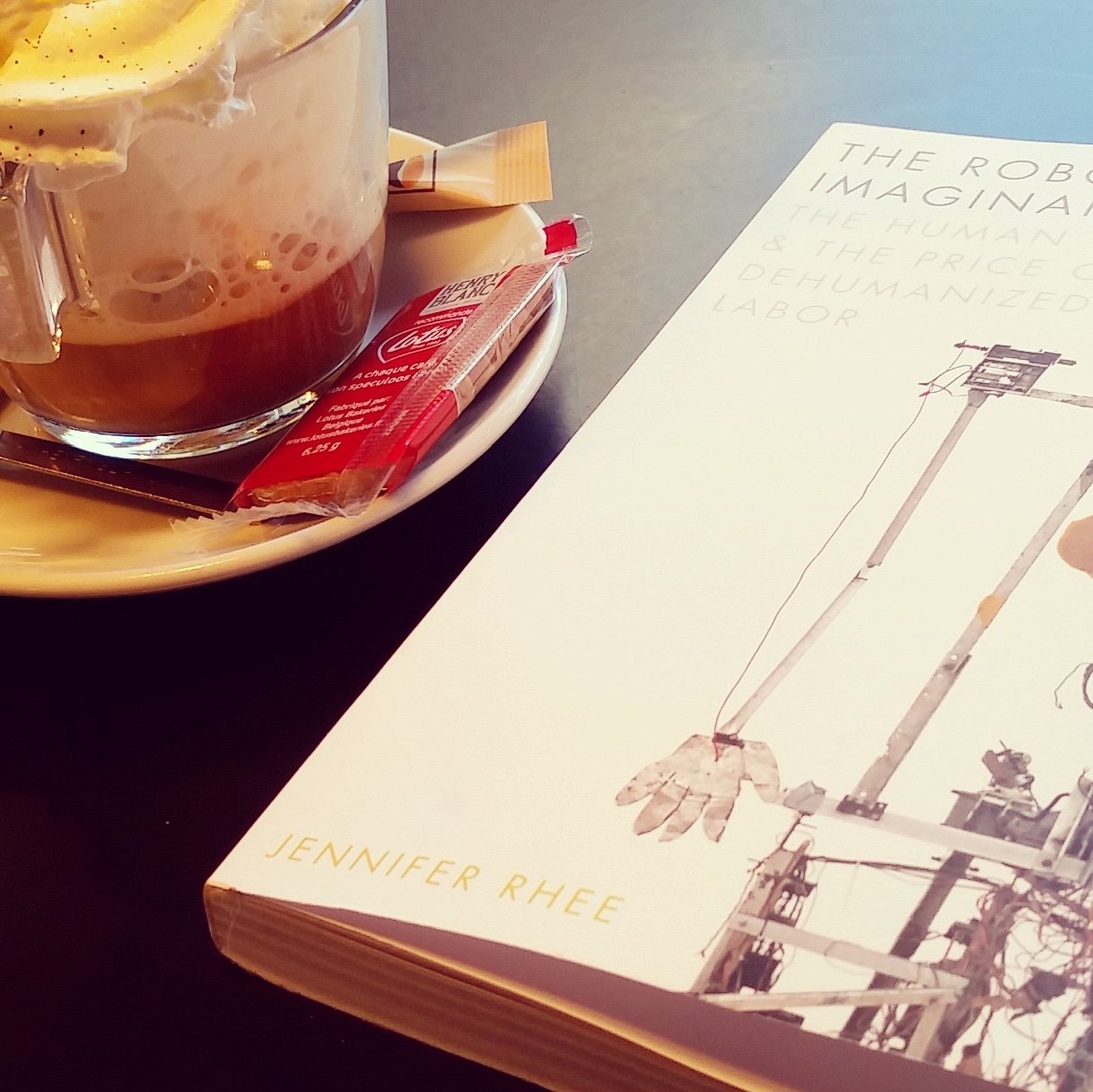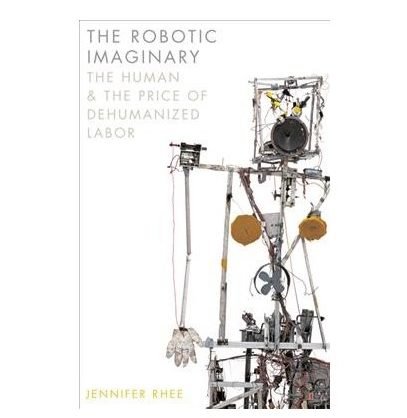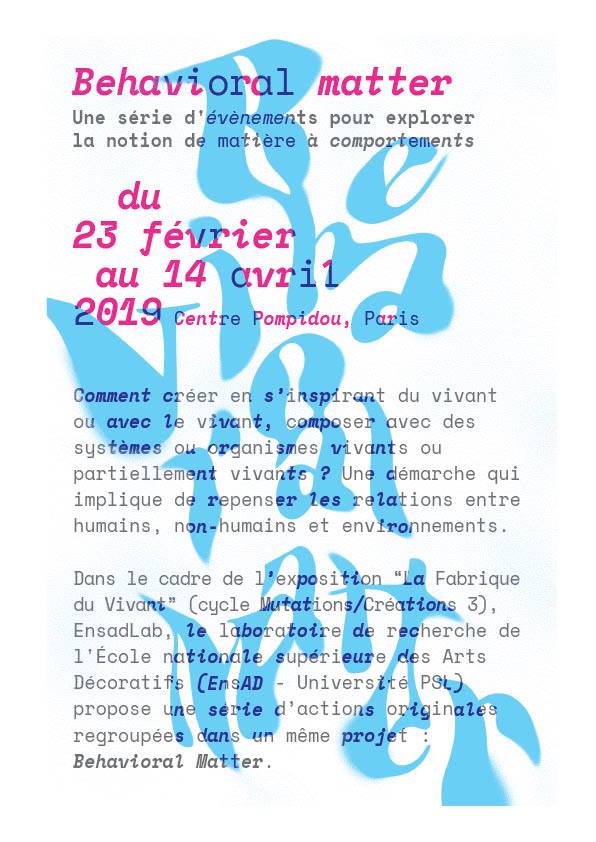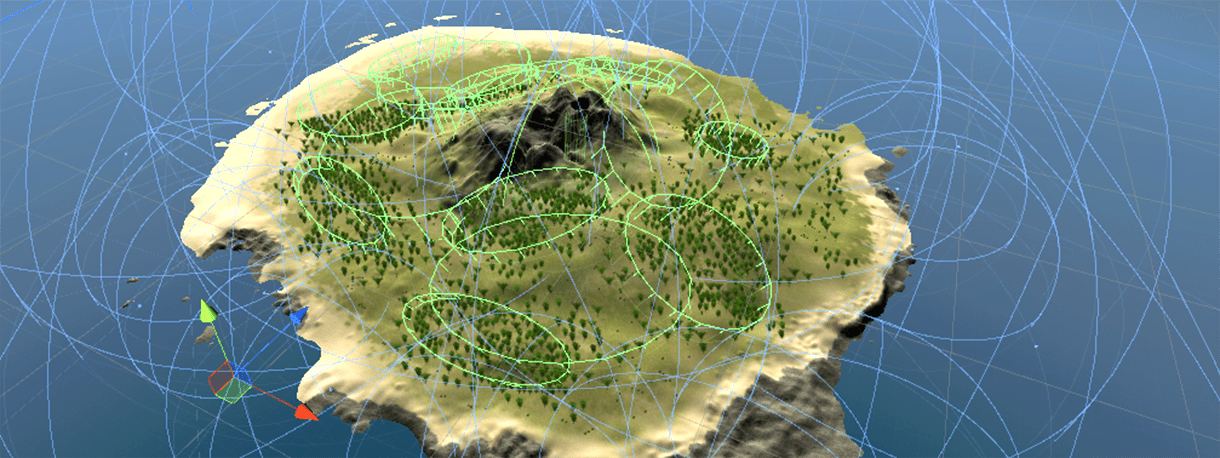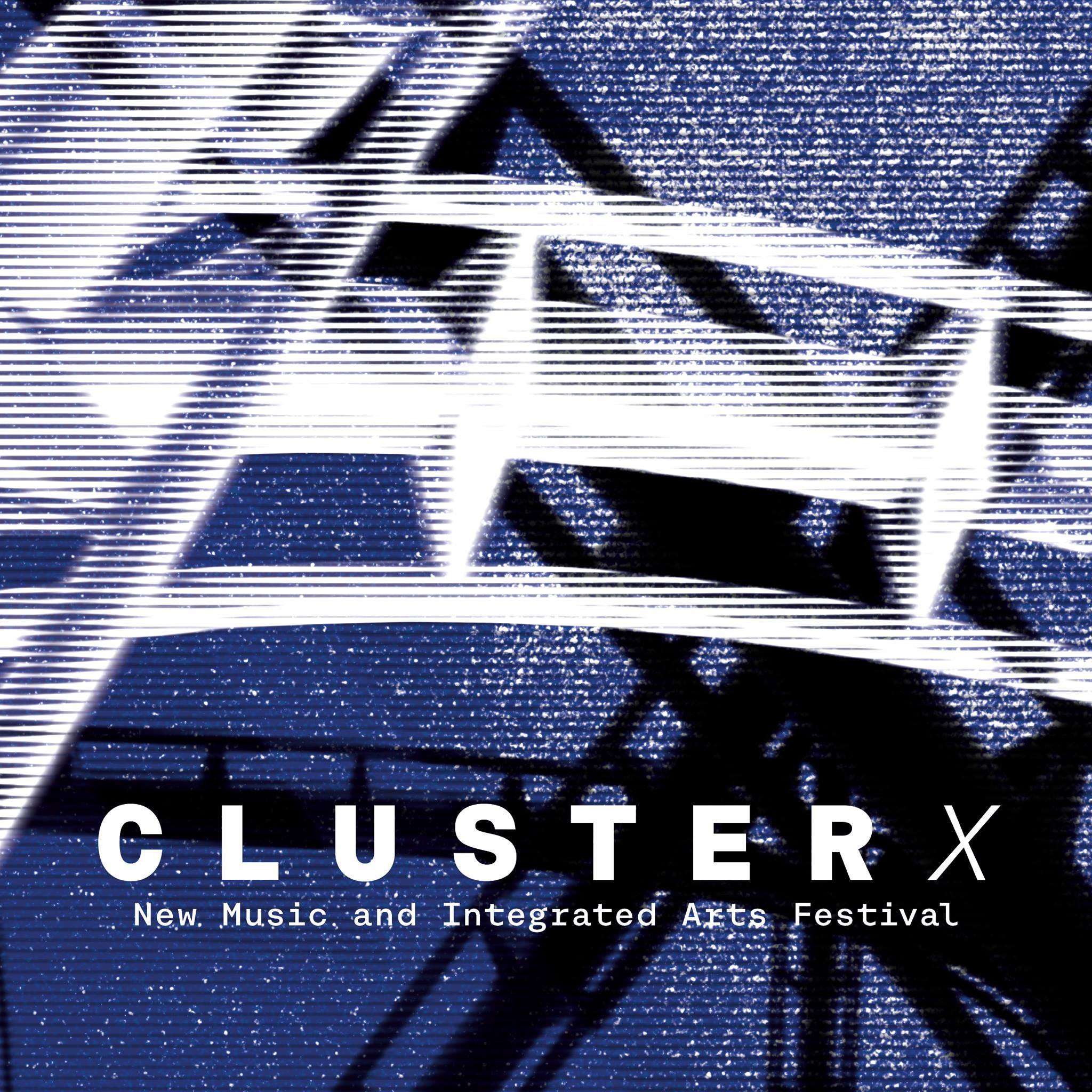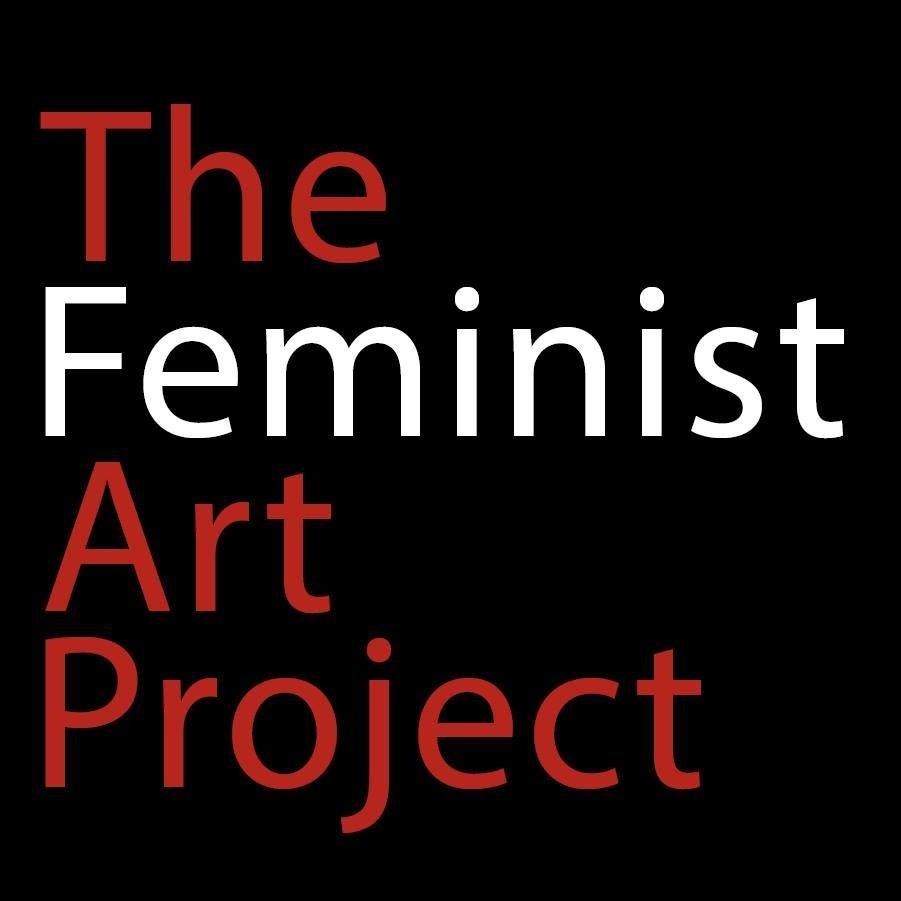Saskatchewan Arts Board Purchase
Above: Larynx3 (2014), Epson UltraChrome K3 ink on archival paper. Edition of 5. 86 x 112cm. Collection of the Saskatchewan Arts Board, Canada.
Happy to announce that my work Larynx3 (from my four-part Larynx Series) has been purchased by the Saskatchewan Arts Board for their Permanent Collection in Canada.
Saskatchewan Arts Board’s Permanent Collection is a comprehensive collection of Saskatchewan artists (and expats such as myself) which includes approximately 3,000 works and represents the work of Saskatchewan province’s artists over the past seven decades. Its goal is to represent the contemporary art practices of artists within the province for the purpose of public access.
Click here for more information on the Saskatchewan Arts Board Permanent Collection.


